How to choose the right light bulb warmth for your space - the small change that will transform how your home looks
The experts share their top tips for getting the lighting right in any room of your home

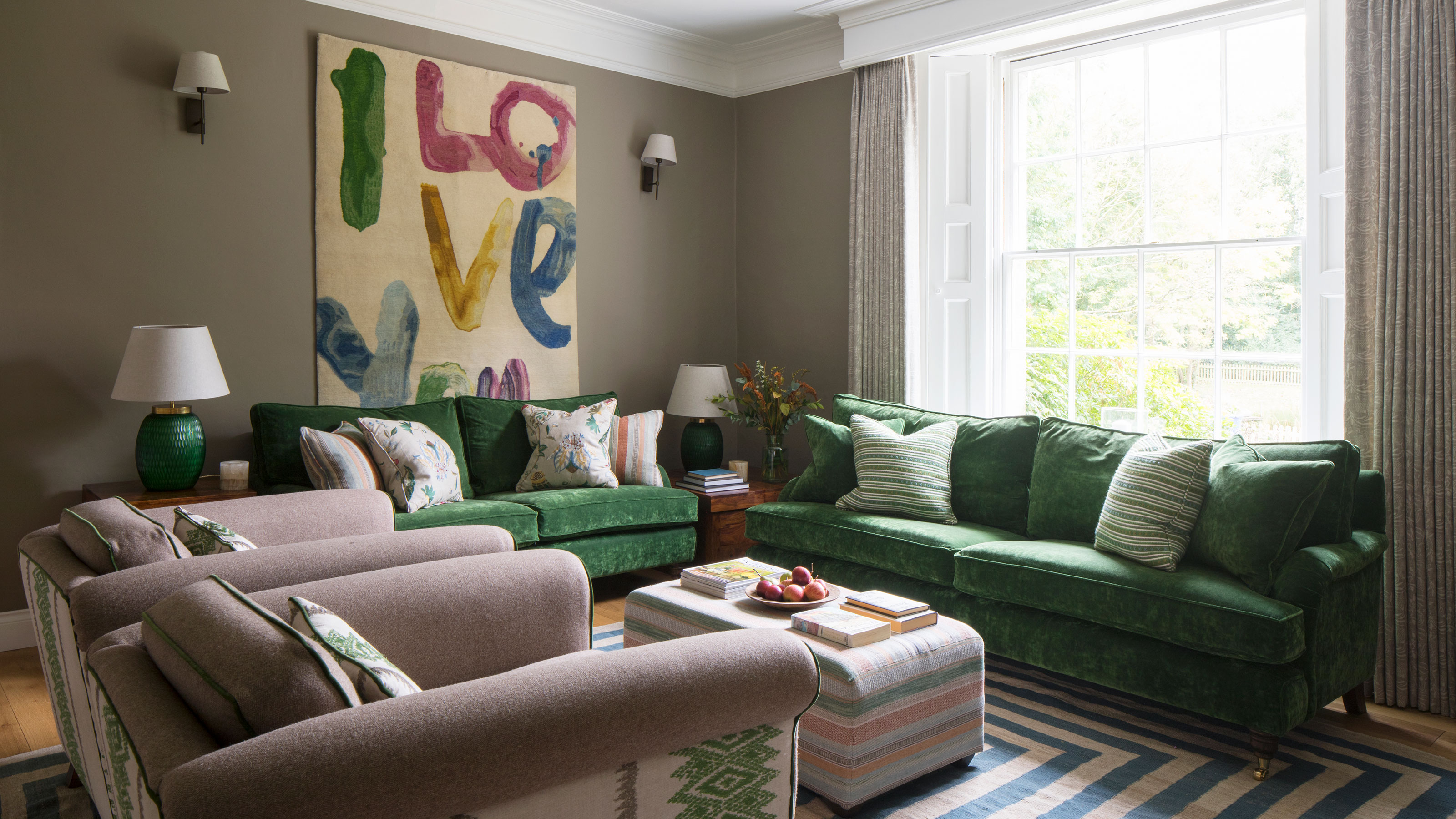
Choosing the right – or wrong – light bulb warmth can make a huge difference to how a room looks and feels. Getting it wrong can tip you either into a yellowish tinge or leave you with a cold and clinically bright light. So how do you go about choosing the right light bulb warmth for your space?
Well, the experts have explained everything from the exact number of Kelvins to look out for when you buy light bulbs to which temperatures work best in specific rooms. Keep reading to find out how to choose the right light bulb warmth to complement cosy living room lighting ideas or functional kitchen lighting ideas.
How to choose the right light bulb warmth
‘Light temperature is measured in Kelvins,’ explains Marlena Kaminska, Designer at ValueLights. ‘As you move across the scale from low to high, the Kelvins increase from 2000 to 6500K.’ And as the Kelvins go up, so does the level of brightness.
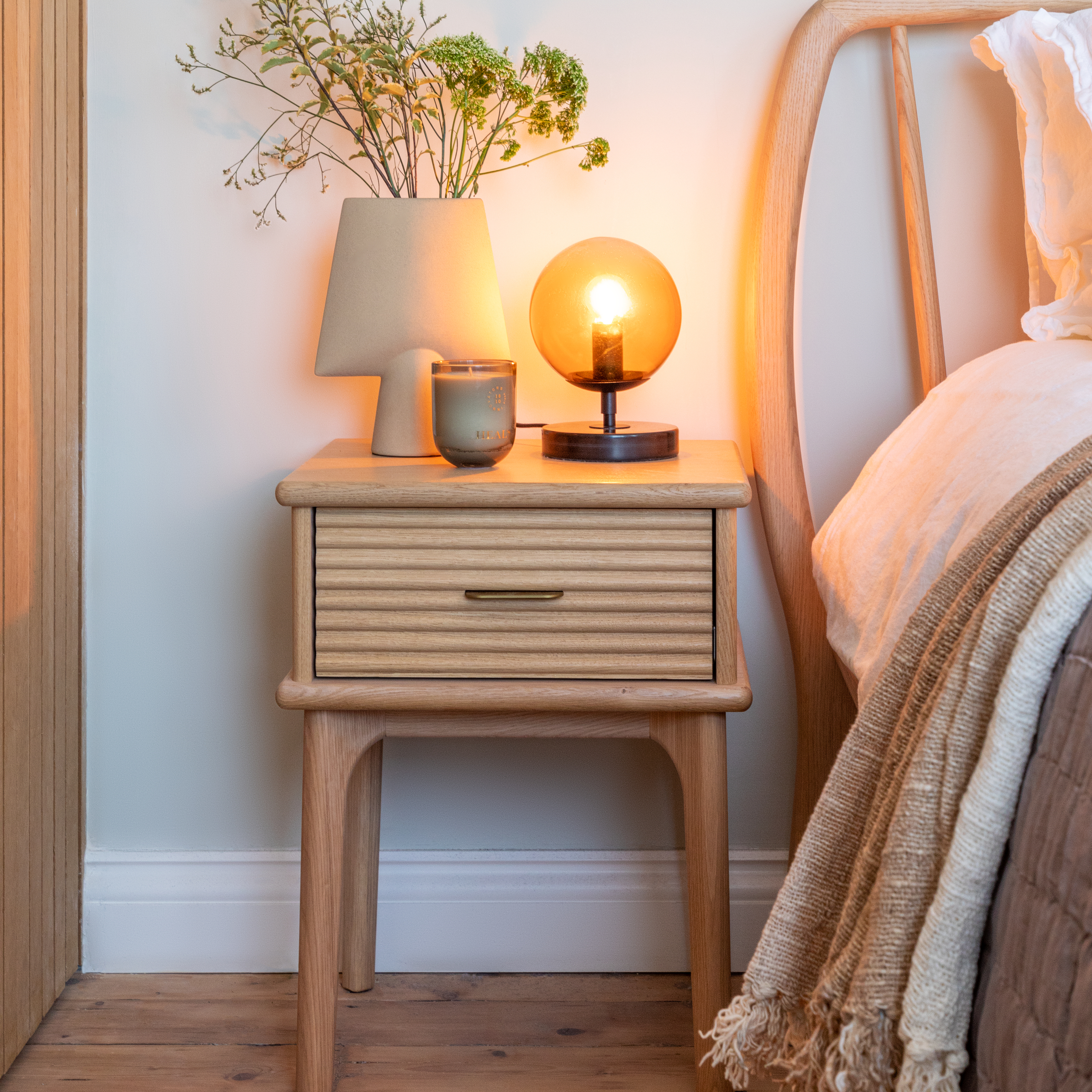
‘Bulbs with a lower Kelvin are warmer and more yellow-toned while higher Kelvin light bulbs are more cool-toned,’ affirms Matthew Currington, Technical Director at The Lighting Superstore.
So, depending on the room, you could be using a mixture of different light bulb warmth throughout your home. You’ll most likely be looking to create a warm and cosy living space or bedroom, whereas a brighter and cooler tone of lighting will be needed in a home office or bathroom.
‘A traditional warm white bulb is around 2700K and emits a cosy, yellow glow, whilst a cool white bulb is around 4000K and gives a brighter, blueish white light,’ reveals Pagazzi Lighting's Commercial Director, Rebecca Pagan.
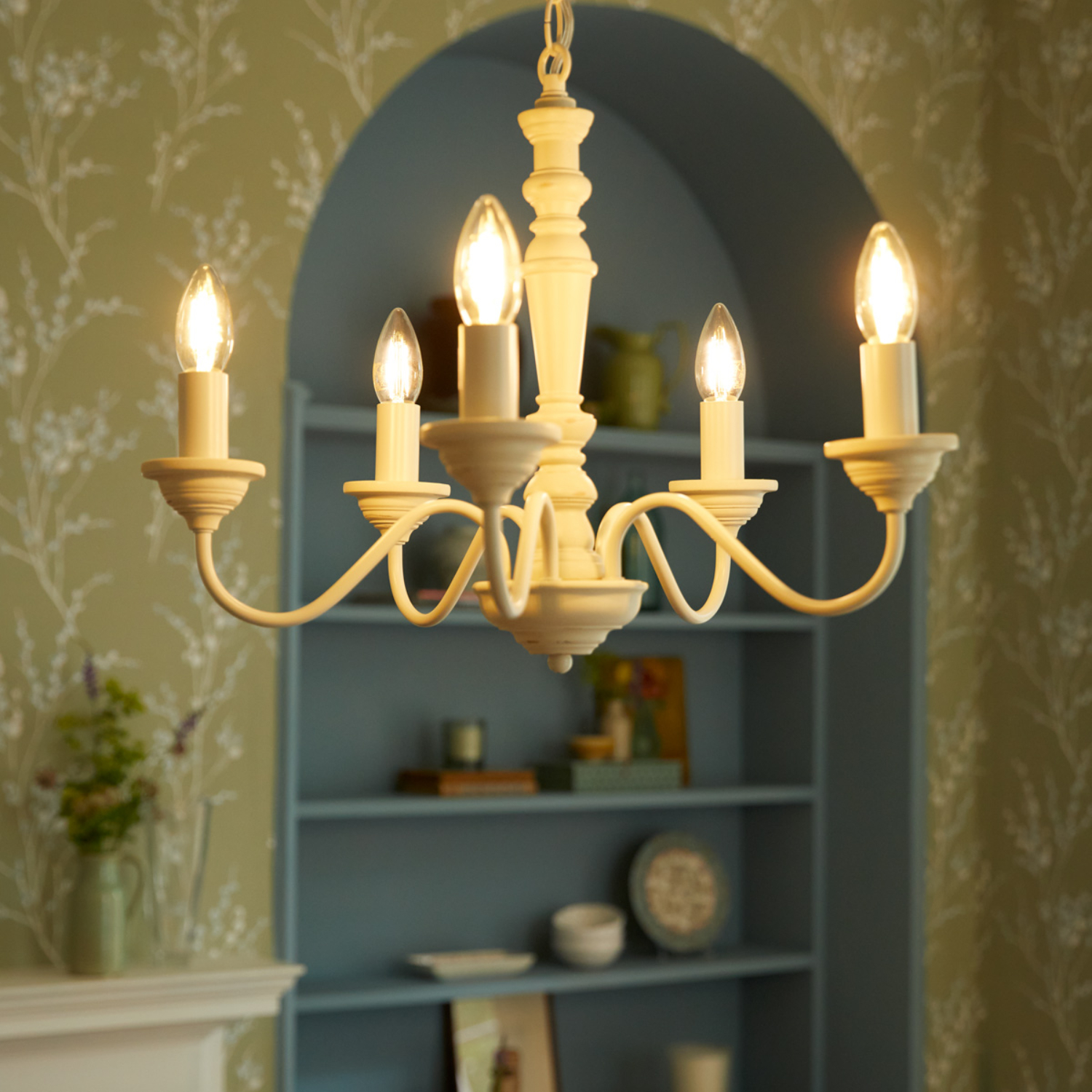
Light bulb warmth quick guide
- Very Warm White: 2200-2700K
- Warm White: 2700-3000K
- Neutral White: 3500-4100K
- Cool White: 4100-5000K
- Daylight: 5000-6500K
- Cool Daylight or Daylight Deluxe: 6500K and above
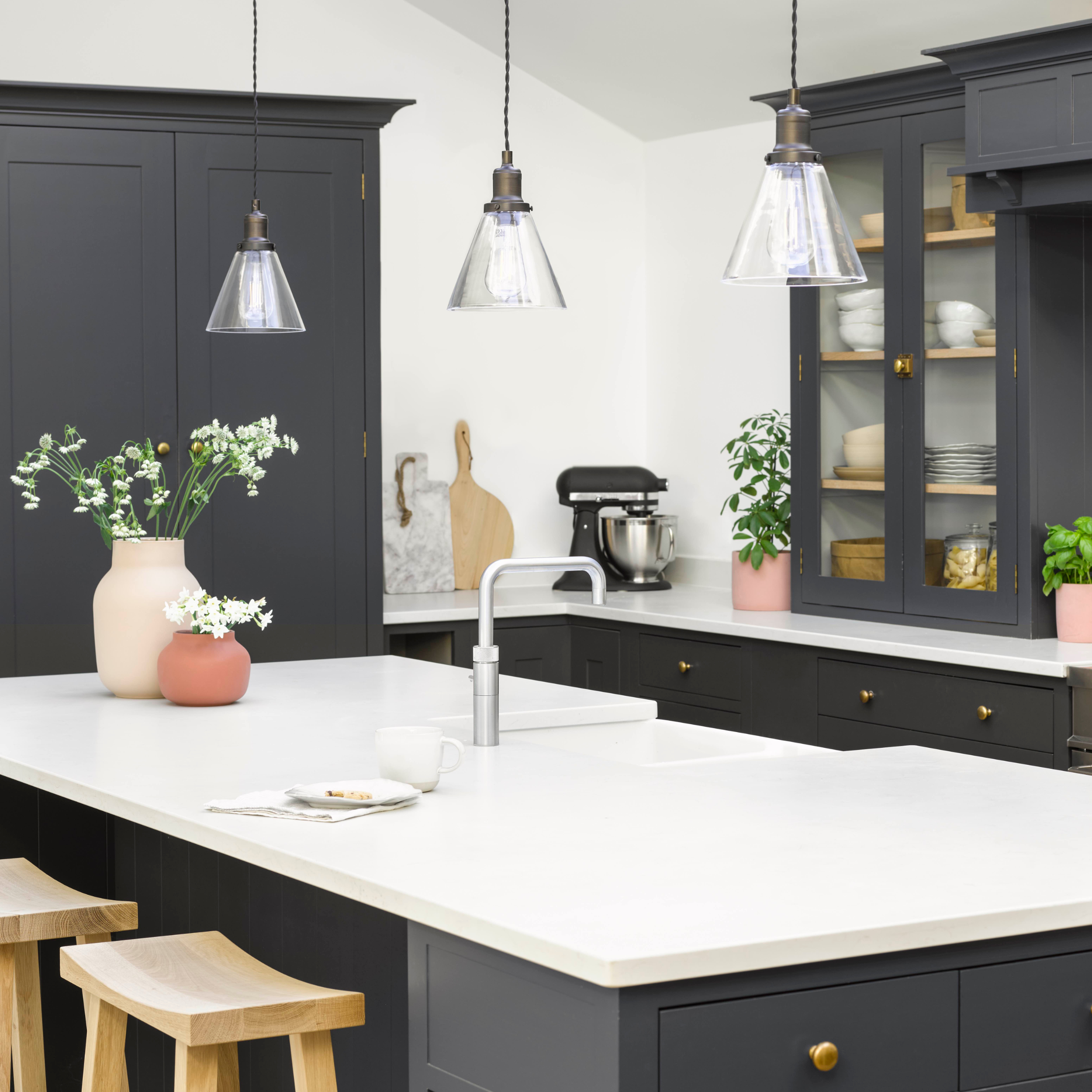
The best light bulb warmths for each room
While certain lighting choices can come down to personal preference, the experts do have some general recommendations to bear in mind as you light individual rooms in your home.
Sign up to our newsletter for style inspiration, real homes, project and garden advice and shopping know-how
Living Room: Warm White (2700K-3000K): ‘This creates a cosy and inviting atmosphere, which is great for relaxing or socialising,’ Rob Chadwick, Director of CGC Interiors, remarks.
Bedroom: Warm White (2700K-3000K)
This range is also ideal for providing a snug space where you can relax and rest.
Kitchen: Cool White (4000K-4500K)
Cool white lighting is bright and practical – perfect for cooking and preparing food.
Bathroom: Daylight (5000K-6500K)
Ideally, you’ll want to mimic daylight in your bathroom so you have enough clear and accurate light while grooming or doing any self-care.
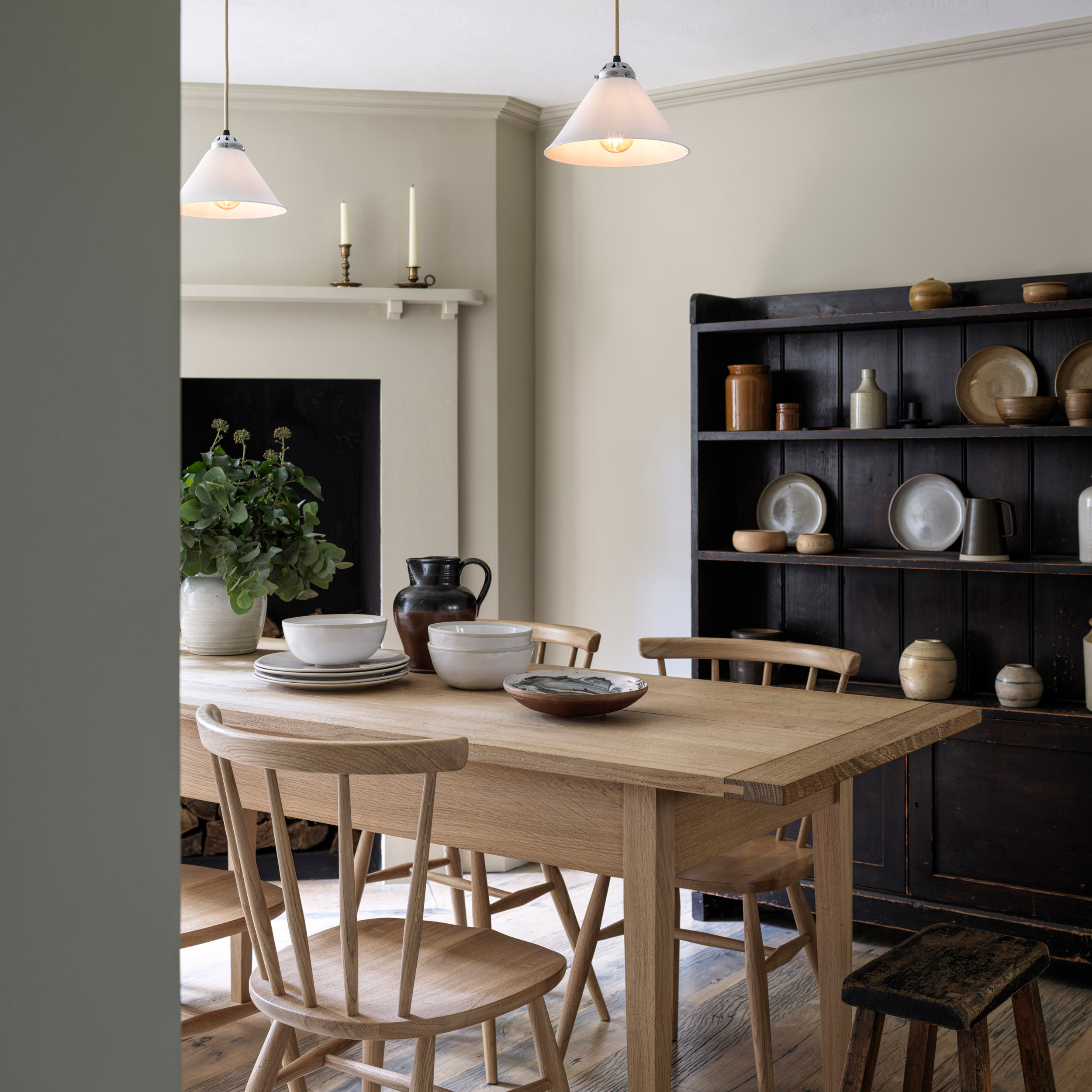
Dining Room: Warm White to Soft White (2700K-3000K)
As this is a space where you’ll often be entertaining friends and loved ones, opting for a bulb in this range will allow you to enjoy a comfortable and pleasant atmosphere for dining.
Home Office: Cool White to Daylight (4000K-6500K)
This light bulb warmth ‘helps to enhance focus and productivity by providing a bright light, creating an environment that feels alert,’ Rob continues.
Hallways and Entryways: Warm White to Soft White (2700K-3000K)
Again, you’ll be looking to instil a warm and inviting atmosphere when welcoming guests into your home, making this light bulb warmth range ideal.
‘As a general rule, it’s a big no-no to mix colour temperatures in the same room,’ Rebecca outlines. ‘A table lamp with a warm white bulb paired with a cool white bulb in your floor lamp can create an atmosphere of disharmony.’ So, ideally, you’ll want to choose a light temperature and stick to it for each room in your home.
FAQs
Which light bulb warmth is best for task lighting, ambient lighting and accent lighting?
In certain rooms you will need a combination of different lighting types depending on what you are looking to achieve, such as reading, working from home or relaxing at the end of a long day. There are three distinct and different types of lighting; ambient, task and accent lighting. ‘Ambient light is the main light source for a room and is the starting point for your lighting scheme,’ Matthew suggests. This is typically a ceiling fixture or overhead light.
Then you have task lighting. As the name may allude to, this ‘provides lighting for specific activities, illuminating areas where ambient lighting isn’t quite enough,’ Matthew adds. And finally, accent lighting is typically utilised to highlight architectural or decor features in a room.
‘Generally, we suggest using cooler-hued bulbs for task lights and warmer hues for ambient/ceiling lighting,’ Peter Legg, Lead Products Development Manager at Där Lighting, admits.
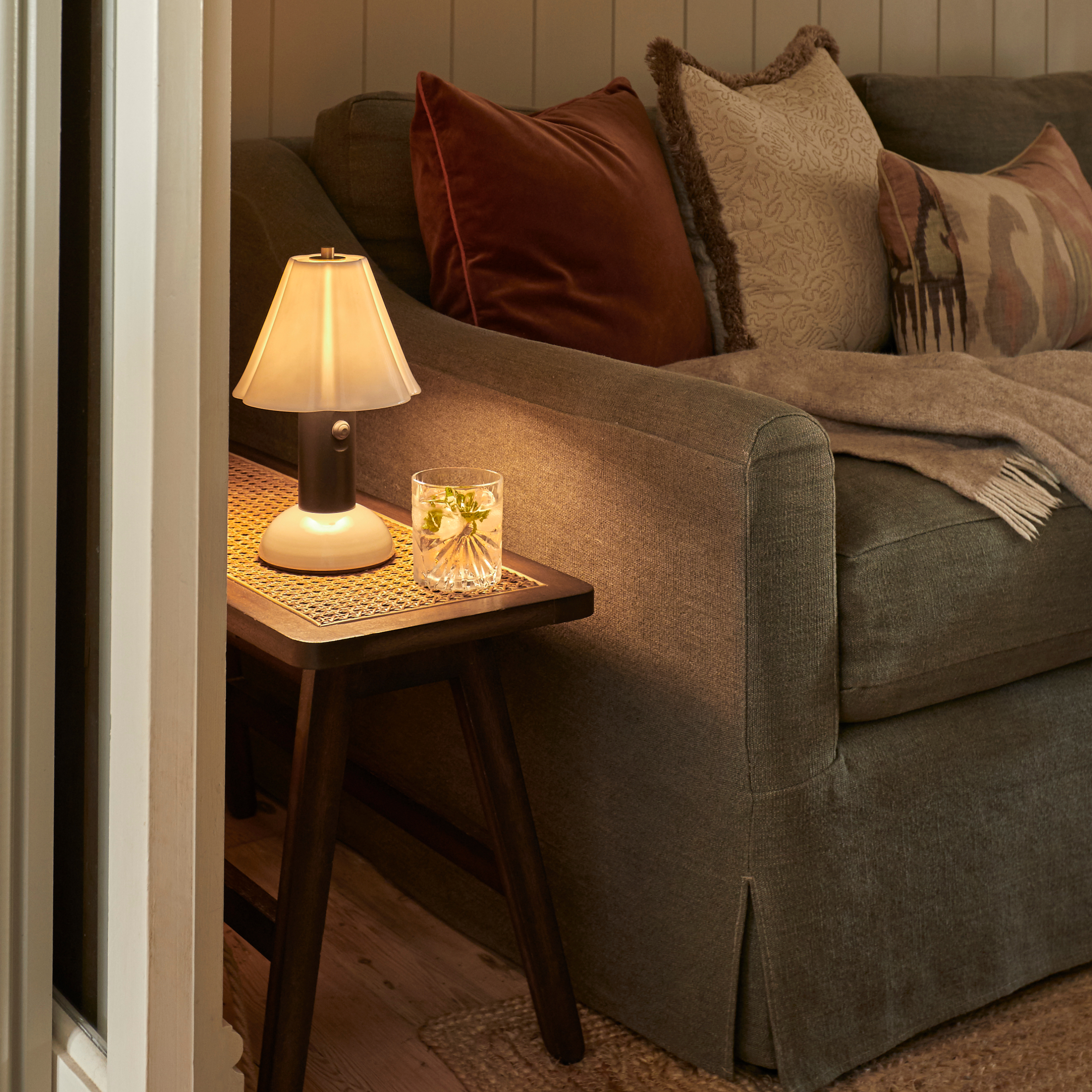
What effect can light bulb warmth have on paint colours and colours in your home more generally?
‘Light bulb warmth can significantly affect how colours are perceived,’ according to Dusk Lighting's Business Development Manager, Jamie Moxey. ‘Warmer tones (lower Kelvins) enhance warm colours like reds and yellows, while cooler tones (higher Kelvins) can make blues and greens more pronounced.’
Because of this, ‘it's crucial to consider the intended mood of a room when selecting light bulb warmth to ensure that the lighting complements and enhances the chosen paint colours and overall colour scheme,’ Mara Rypacek Miller, Managing Director at Industville Ltd, outlines.
So, ‘if you just invested in a modern white high gloss kitchen and then used low Kelvin lighting this will make the kitchen appear yellow and uninviting,’ Calex’s Operations and Sales Manager, Daniel Seaman, concludes.
It just goes to prove that what might seem like a simple purchase can actually make a big difference to how certain rooms in our home look and feel.

Ellis Cochrane has been a Freelance Contributor for Ideal Home since 2023. Ellis has been writing about homes, interiors and gardens for four years now, with her also contributing to House Beautiful, Country Living, Expert Reviews, Real Homes and Stylist.